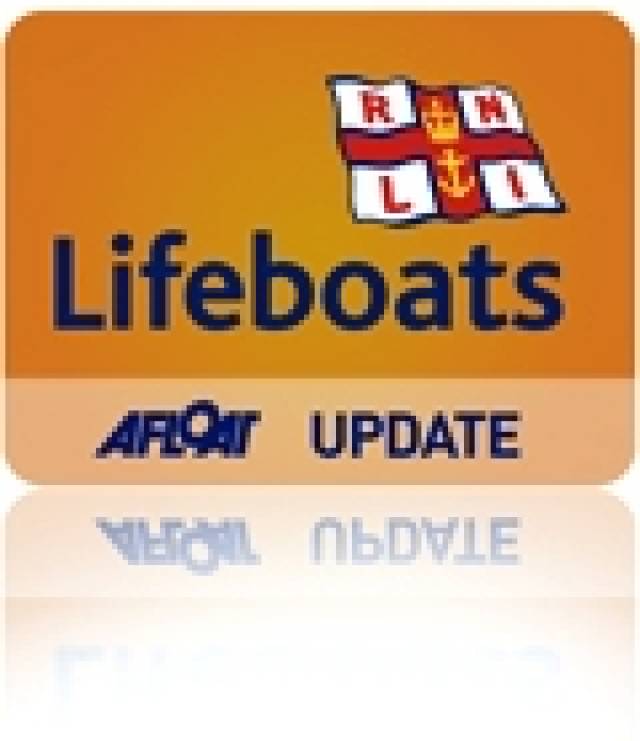#RNLI - This Sunday 3 August, members of the Kerrigan family, their friends and neighbours, the emergency services and the general public will gather at 10pm for a special function in Dorrian’s Imperial Hotel in Ballyshannon.
Following the annual blessing of the boats ceremony at the Mall Quay at 7pm, the Indians will perform at Dorrian's marking 40 years since Danny Kerrigan’s tragic drowning and subsequently the establishment of a marine rescue service in the area which became Bundoran RNLI.
The band is kindly sponsored by the Kerrigan family of Ballyshannon, whose brother Danny, a signals NCO at Finner Camp, drowned in 1974 at Roguey Cliffs.
Despite Danny's great efforts to stay afloat in heavy seas, there was no emergency boat available in the area and no other boat could get to the scene in time to save him.
As a result of his tragic death, a meeting brought together members of the Defence Forces, Gardaí, Fire Brigade and water safety interests in the area, the result of which was the formation of the Bundoran Rescue Committee.
Completely new to the area of water safety, they sought the advice of water safety interests from Tramore in Co Waterford. Following consultation and an assessment of the local area, it was decided to launch the new service from the West End pier.
Funds were raised in the locality and a second hand 'D' class inflatable boat was purchased from the RNLI. The boat was initially stored in sheds in Bundoran up until the committee, with the support of many local people, built the first rescue boathouse on the pier.
Subsequently the service has saved many lives in Donegal Bay, including the Mountbatten incident off Mullaghmore in 1979. The RNLI took over the running of the service in 1994.
The lifeboat crew today are as they were 40 years ago – volunteers – and rely on the generosity of members of the public and their constant donations in order to keep this lifesaving service operational in Donegal Bay.
Lifeboat operations manager for Bundoran RNLI, Tony McGowan, said: "We are indebted to the Kerrigan family for organising the function and generously donating the proceeds to the lifeboat and we take the opportunity on the night to remember Danny and all of those who have been lost at sea in the area."
The Kerrigan family added: "While it was devastating to lose Danny, it was good to see a lifeboat service formed as a result and our thanks go to the present lifeboat crew for all their great work.”
Tickets for the night are available on the door at €15 or in advance from the Kerrigan family, McNern Barbers in Ballyshannon or BMG Hardware in Bundoran.
A history in words and pictures of Bundoran Lifeboat Station is available on the station’s Facebook page.
































































